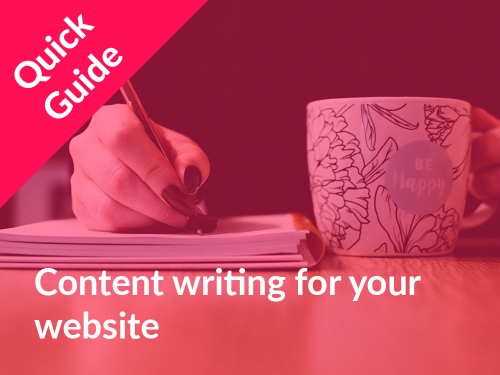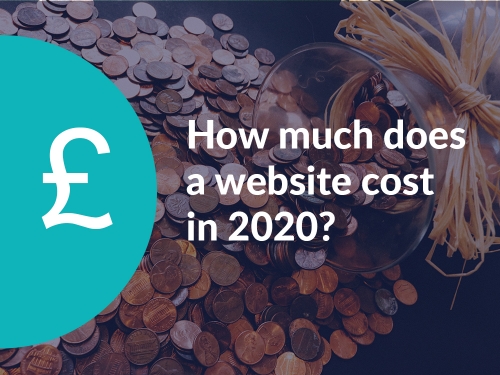How to improve your website immediately
Everyone loves improvements right? We thought we’d share some quick and easy ways to improve your own website in this article.
1. Optimise your page speed
Using tools like GTMetrix allow you to check up how your website is loading. Remember to resize images and use the appropriate image formats – it’s unnecessary to force mobile users to download your 24MB image when a 200kb image is plenty.
There’s a lot you can control as a website owner (media, content etc) so we suggest starting with optimising images and see how well this helps. Of course there may be elements your web designer/developer will need to help you with (eg. Cache, Header Expiry etc).

2. Add a Value Proposition
The value proposition, or mission statement, tells your visitors what you do and why you do it.
Put your value proposition on your home page, in your heading if possible. Somewhere your reader isn’t going to miss it. Ideally you want to repeat this on your website. It’s part of your identity. You should let visitors know what it is they should expect if they hire you or buy your product.
It’s far too easy to fall into the old SEO trick of making all your headings keyword specific, eg. “Bristol Web Design”. But you shouldn’t forget that ultimately, you want real readers to interact and understand you.
3. Use white space
Don’t be afraid of white space! Seriously. All too often we find businesses trying to insert too much information into a small Facebook photo or simply don’t separate paragraphs into small easy to read segments.

4. Call to Action Text
What good is a website if visitors don’t know or understand what it is on offer? Clear call to action text/buttons are key.
Buttons are for actions, like ‘Get a quote’, ‘Download’, ‘Open an account’, ‘Go to checkout’. The text on the button should begin with a verb. Otherwise it’s not a call-to-action, it’s just a button with some text on it. ‘More information’ for example, is not a call-to-action.
David Hamill – UXBooth
Ever heard of the WYLTIWLT (Would you like to? / I would like to) test? Jonathan Richards coined the term back in 2013 and it’s certainly stuck with us through the years.
…a button must make sense after both the interrogative “Would you like to…?” (where the publisher speaks) as well as the conditional “I would like to…” (where the user speaks).
Jonathan Richards – UXBooth
There are of course some exceptions but we find for the most part, following this principle ensures call to action buttons make sense to the reader.
5. Separate key information with bullet points
No one likes reading long paragraphs that go on like a shopping receipt so we find it’s always handy to separate content into bullet point lists where appropriate. Not only does this make the content look more pleasing, it’s also easier for readers to take in the key information you’re trying to provide.
Even this article is one giant list!
6. Use images/videos
Make use of images and/or videos whenever you can, not only does this brighten your page up, but helps split content up to make it more interesting.
There’s hundreds of free image resources available so you don’t even need to pick up the camera.
This also helps when it comes to sharing on social media as it gives the social media platform an image to represent your content with. Everybody wins! (Just make sure you use the appropriate file size ;-))
Conclusion and future reading
There you have it, 6 quick and easy improvements you can make to your website to ensure your visitors have a great time. There’s plenty of other elements you can address of course which will be covered in future articles.
We hope this helps!


